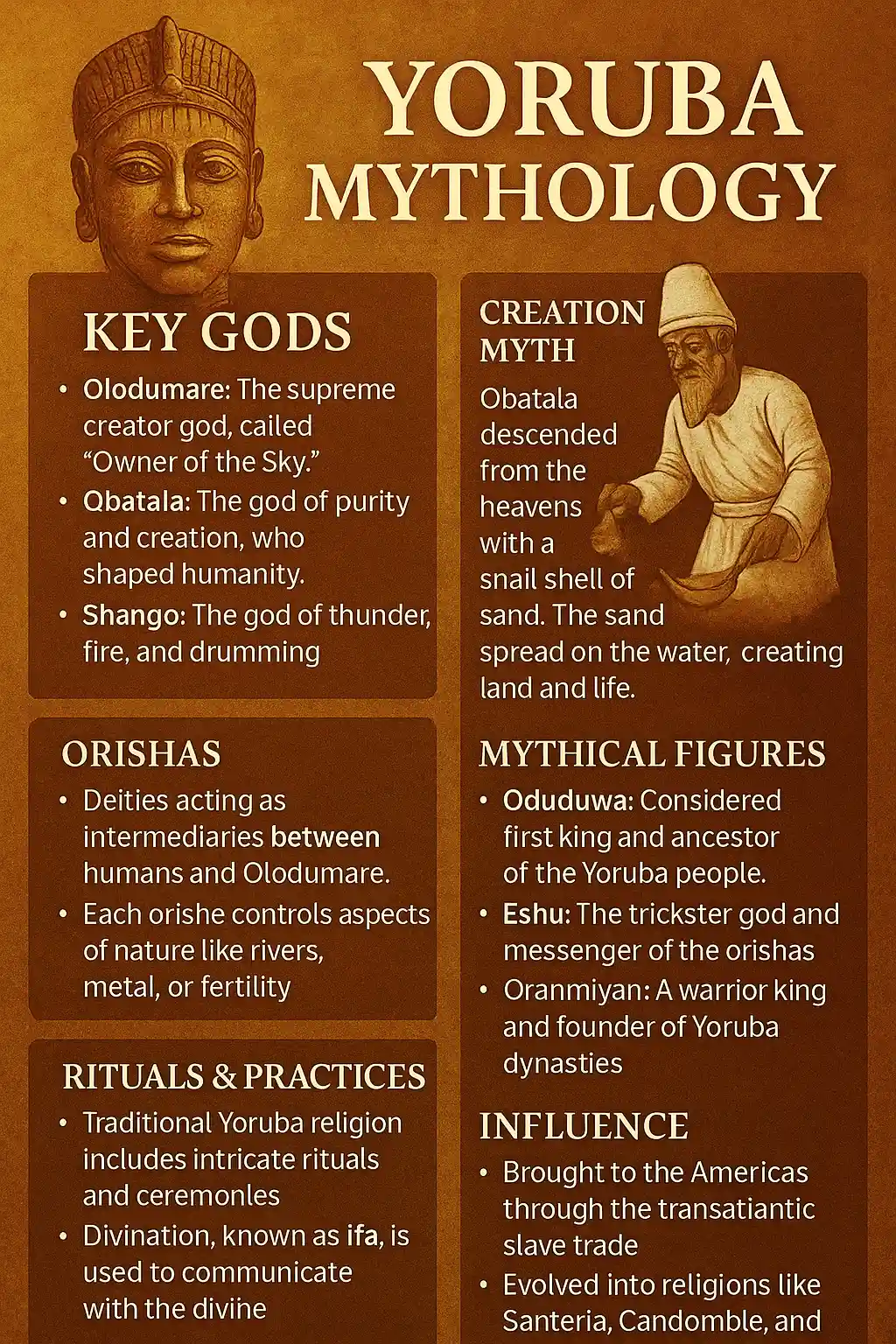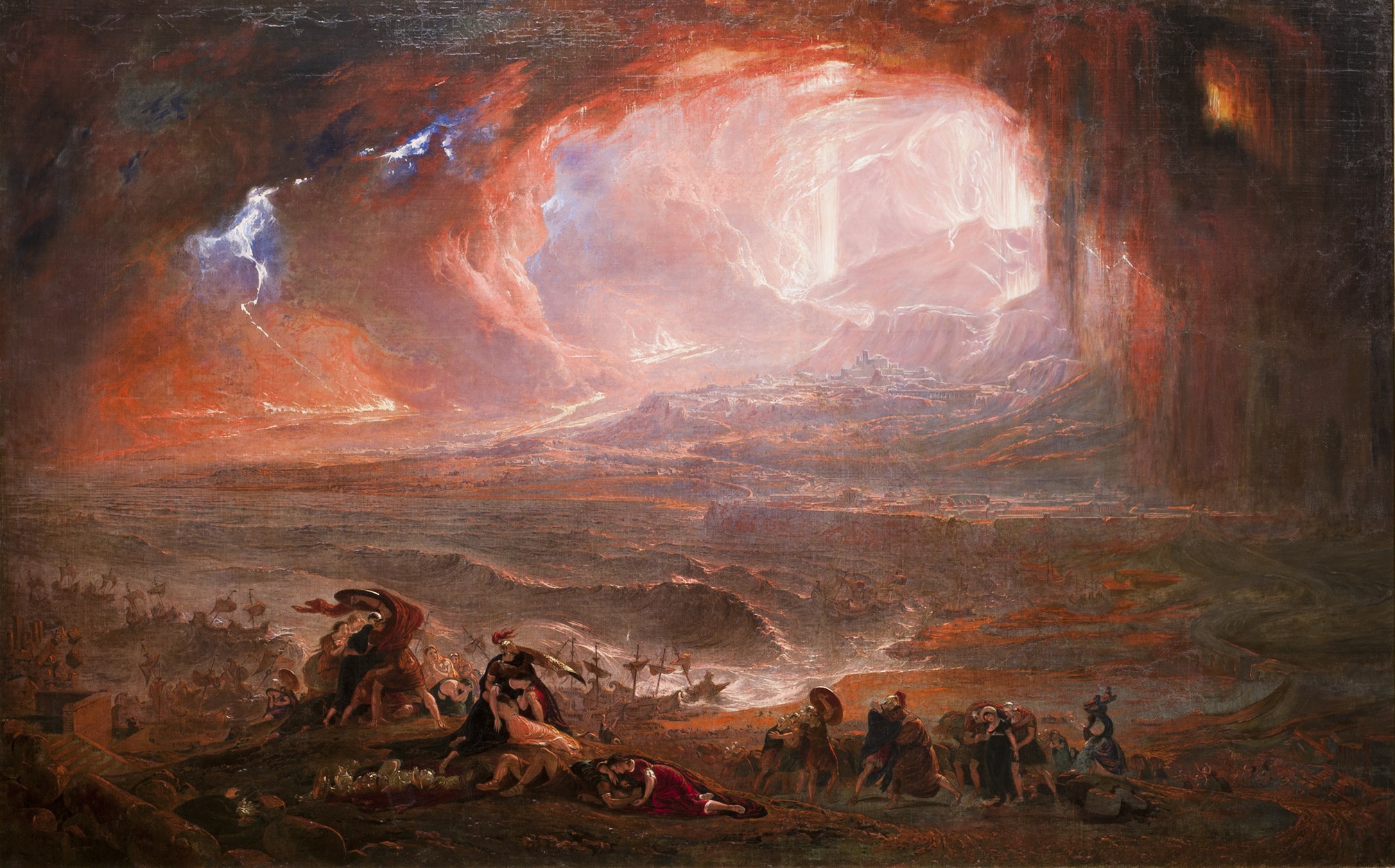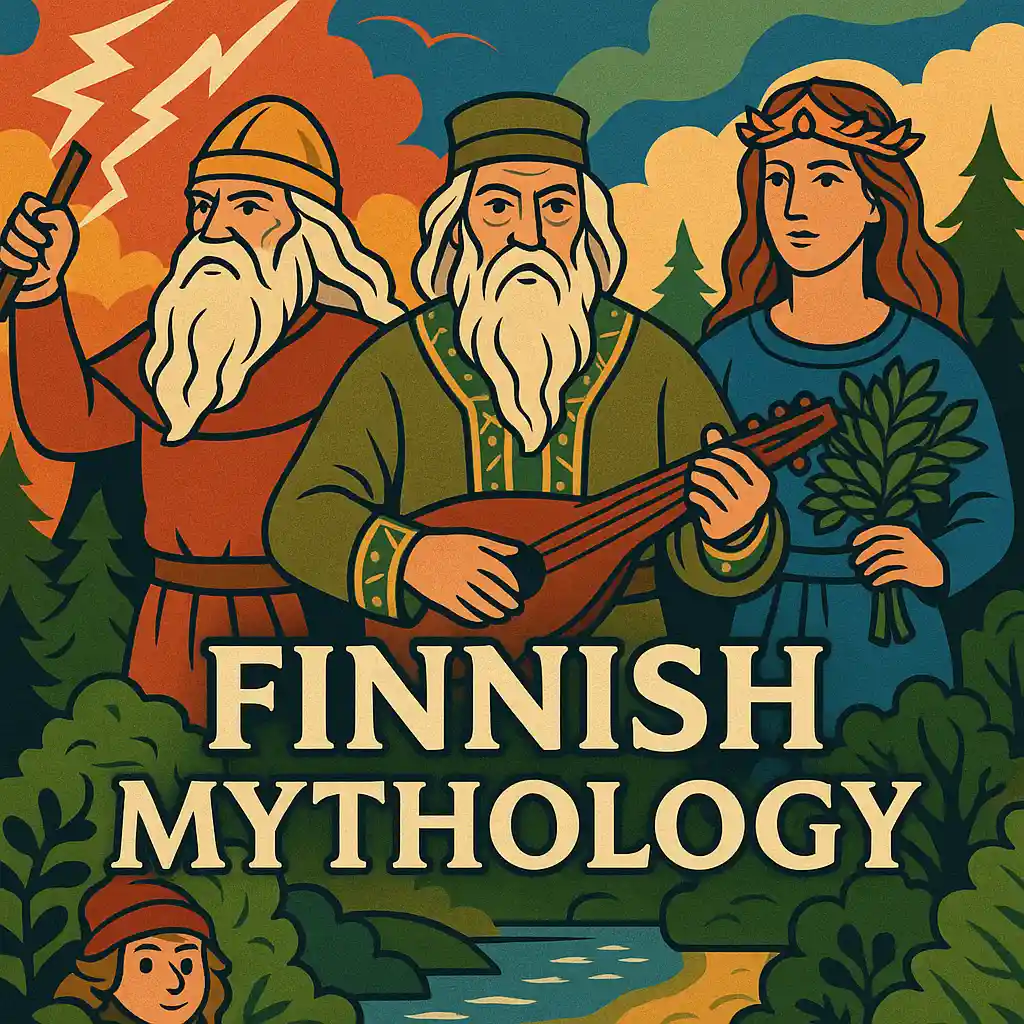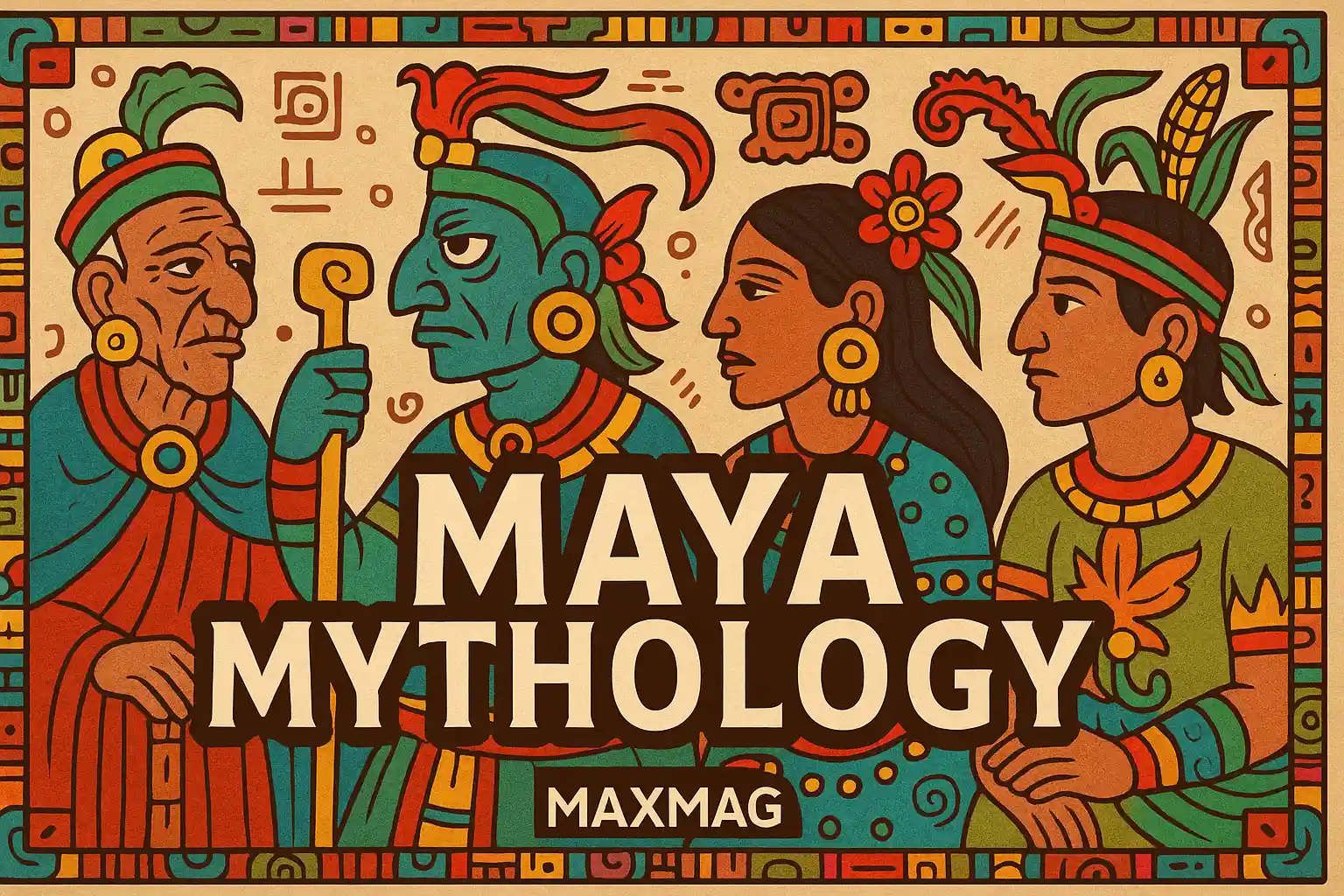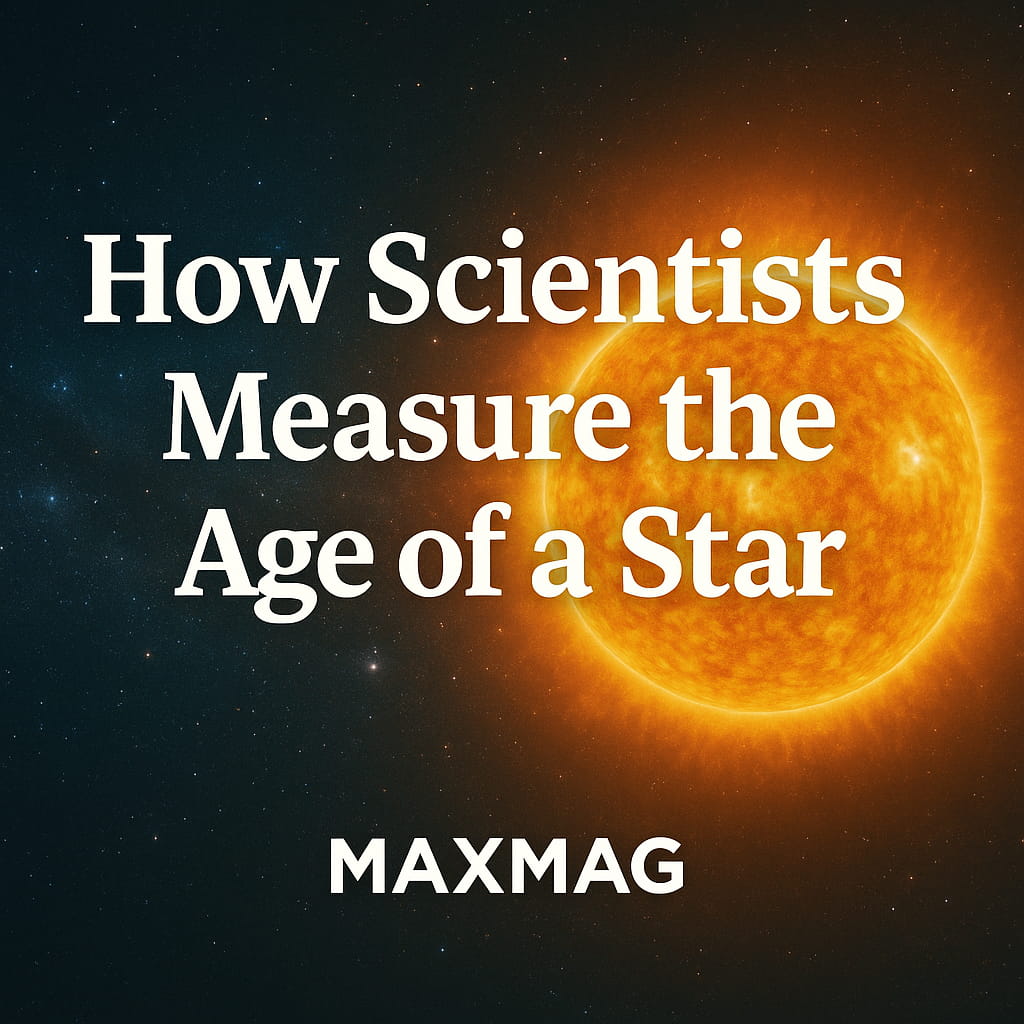Yoruba mythology stands among the most spiritually rich and globally influential systems in the world, deeply woven into the lives, art, and rituals of millions. Far from being a relic of the past, this ancient belief system continues to evolve — adapting, resisting, and flourishing across continents. Rooted in the Yoruba people of present-day Nigeria, Benin, and Togo, the myths of the Orishas, the sacred cosmology of Ori and Ashe, and the ancestral reverence for Egungun offer a profound, living philosophy of existence.
Today, Yoruba mythology shapes cultural identity, ethical decision-making, religious practice, and the rhythms of daily life in both Africa and the Americas. This article takes a deep dive into its origins, structure, philosophy, and modern relevance.
The Roots of Yoruba Mythology
Yoruba oral traditions trace their beginnings to Ile-Ife, a sacred city considered the birthplace of the world. According to myth, Olodumare—the Supreme God—sent the Orisha Obatala to create the Earth. When Obatala failed due to intoxication, the task was completed by Oduduwa, who descended with a chain and a handful of soil, spreading it across the primeval ocean to form land.
Unlike linear creation narratives, Yoruba mythology is cyclical. Time is not a straight line but a rhythm—moving between ancestors and descendants, Earth and the heavens. This worldview infuses daily Yoruba life, where rituals, stories, and festivals reconnect people with cosmic order.
Cosmology: Ori, Ashe, and Ayanmo
The Yoruba spiritual system centers around three interconnected principles:
-
Ori: Your spiritual head or inner consciousness, chosen before birth.
-
Ashe: The divine energy that empowers creation, change, and balance.
-
Ayanmo: One’s divine destiny or life path.
Each person arrives on Earth with an Ori that determines their strengths, weaknesses, and life mission. Through ritual, sacrifice, and moral living, individuals align with their Ayanmo and use Ashe to fulfill their purpose. This theology is neither fatalistic nor passive—it celebrates the power of intentional living and spiritual accountability.
The Orishas: Divine Beings with Human Echoes
Yoruba mythology includes a pantheon of over 400 Orishas, spiritual beings with divine origins and human traits. These entities are more than gods—they are mediators between Olodumare and humanity.
Major Orishas and Their Roles
-
Shango – Fierce and charismatic, he governs thunder, fire, and masculine power.
-
Oshun – A deity of rivers, beauty, love, and diplomacy, often associated with femininity and sensuality.
-
Ogun – The Orisha of iron, war, and technology; he represents progress and transformation.
-
Yemoja – The great mother spirit of oceans and childbirth.
-
Esu – The messenger and trickster, known for his intelligence and unpredictability.
Each Orisha has specific colors, rhythms, foods, dances, and days of worship. In ceremonies, followers may enter trance states where Orishas “ride” their bodies, communicating divine wisdom or expressing spiritual needs.
Gender and Fluidity Among Orishas
Yoruba mythology’s portrayal of gender is highly nuanced. Many Orishas embody both masculine and feminine traits. Oshun, though feminine, is a warrior when needed. Ogun, though masculine, is also a nurturer through creation. This fluid understanding of identity makes Yoruba mythology progressive and relevant in modern conversations about gender and spirituality.
Some Orishas even change gender roles in certain myths or rituals, reinforcing that spiritual essence transcends biological categorization. This has become especially important in diasporic communities seeking inclusive religious frameworks.
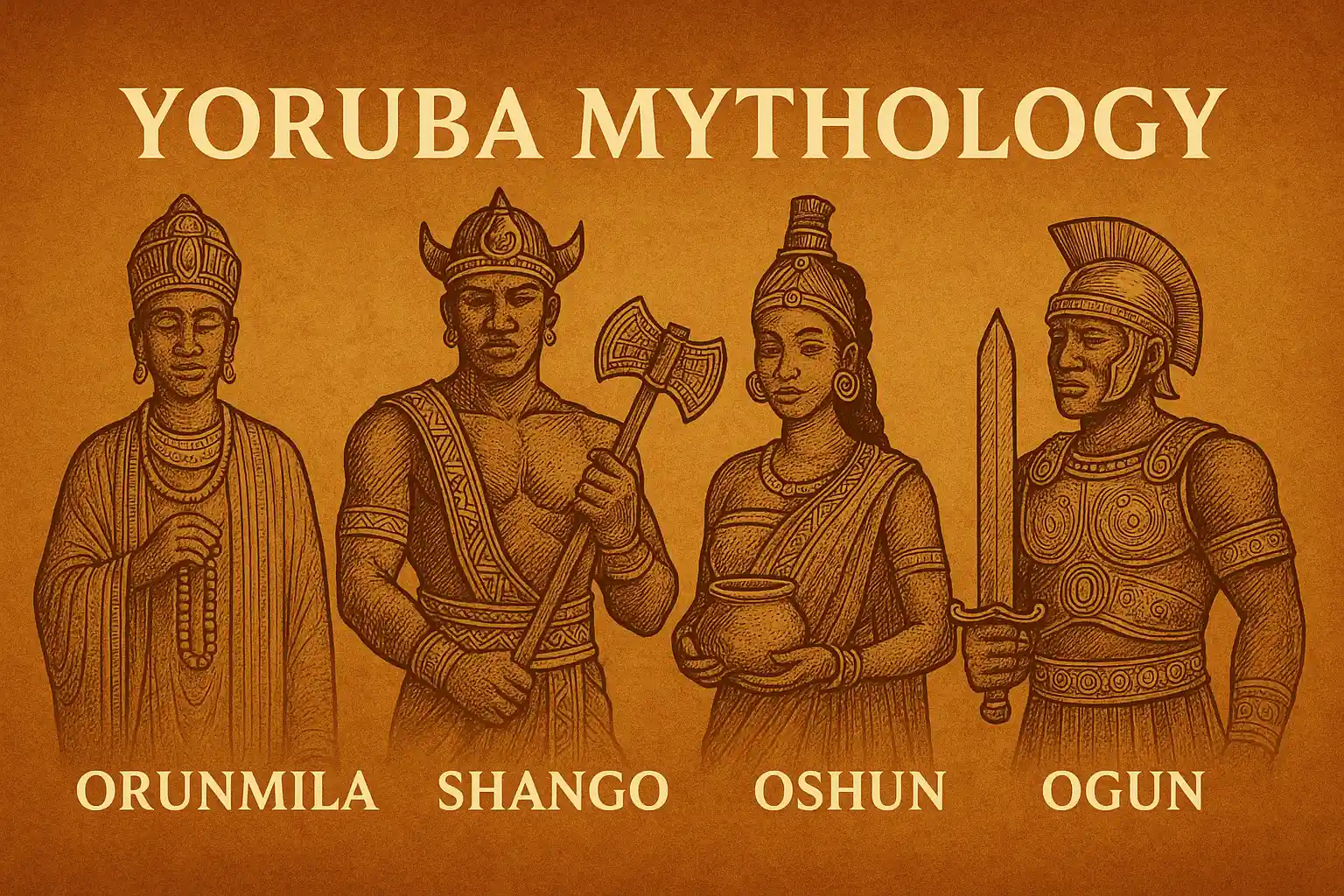
Yoruba Festivals: Living Myths in Practice
Yoruba religious festivals are immersive expressions of myth, history, and cosmic celebration. These rituals are held throughout the year and involve drumming, dancing, divination, offerings, and elaborate costumes. Major festivals include:
-
Osun-Osogbo Festival (Nigeria) – Celebrating Oshun, this UNESCO-recognized event draws thousands annually.
-
Egungun Festival – Honoring ancestral spirits with masked dancers who channel the voices of the dead.
-
Oro Festival – A secretive male rite invoking justice and protection through the voice of the wind.
These festivals are not mere performances. They reactivate myth, turning sacred stories into lived, embodied experience.
Ifá Divination: Knowledge Through the Odu
One of the cornerstones of Yoruba mythology is the Ifá system of divination. It is performed by Babalawos (priests), who interpret complex patterns from palm nuts or a divination tray to reveal verses from the Odu Ifá, a sacred collection of over 256 poetic texts.
These verses contain cosmological insight, moral guidance, and mythic episodes. Through Ifá, individuals receive customized spiritual advice, aligning their Ori with Ayanmo and ensuring harmony with their community and the divine.
From Africa to the Americas: The Diaspora Legacy
Yoruba mythology did not stay confined to West Africa. During the transatlantic slave trade, enslaved Yoruba people brought their beliefs to the Americas, where they adapted them under colonial oppression. Catholic saints were used to mask Orisha worship, giving rise to new traditions:
-
Santería (Cuba) – Blends Yoruba cosmology with Catholic iconography.
-
Candomblé (Brazil) – Integrates Yoruba and Bantu deities with Catholicism.
-
Vodou (Haiti) – While primarily Dahomey-influenced, some Orishas are recognized in syncretic form.
Despite slavery, cultural erasure, and religious persecution, Yoruba mythology survived and flourished, offering spiritual continuity and empowerment for Afro-descendant communities. The Smithsonian and institutions like the Harvard Center for African Studies continue to study these transformations.
Yoruba Mythology and Nature
Yoruba religion is deeply ecological. Each Orisha corresponds to a natural force—rivers, forests, storms, iron, the ocean—and rituals are often conducted outdoors. Sacred groves, particularly in Osogbo, are protected areas where Orishas dwell. These ecological elements teach respect, reciprocity, and environmental stewardship.
This worldview presents a compelling alternative to modern ecological destruction by reminding humanity of its responsibility to nature as a divine partner, not a resource.
Storytelling and Oral Legacy
Unlike many mythological traditions codified in sacred texts, Yoruba mythology lives in spoken word: parables, proverbs, chants, and theatrical performance. Elders and griots pass stories through generations, updating language but retaining core spiritual meaning.
Common themes include trickery vs. wisdom (Esu), love overcoming hardship (Oshun), or justice wielded by thunder (Shango). These stories shape cultural behavior, reinforcing ethical action and communal responsibility.
Yoruba Mythology in Popular Culture
From Beyoncé’s references to Oshun in Lemonade to depictions of Orishas in comic books like La Borinqueña or films like Black Panther, Yoruba deities have entered global consciousness. While not always portrayed accurately, these appearances increase curiosity and invite deeper exploration.
Authors such as Nnedi Okorafor and Tomi Adeyemi are blending Yoruba myth with fantasy literature, making ancient knowledge accessible to modern audiences.
Philosophical Depth: Morality, Fate, and Freedom
Yoruba cosmology proposes a nuanced relationship between destiny and free will. Though each person chooses their Ori before birth (predestination), how they live it out depends on their daily choices and rituals. This complex theology allows for moral agency within a spiritual framework—where human beings are co-creators with the divine.
Moreover, Yoruba thought rejects dualism. There is no absolute good or evil Orisha—each represents balance. Even Esu, often mischaracterized as “devil-like,” is essential to maintaining cosmic order.
Conclusion: A Mythology That Lives, Breathes, and Leads
Yoruba mythology is not frozen in time. It adapts, breathes, resists, and guides. From Nigeria to New Orleans, its stories echo with wisdom, its Orishas dance with power, and its theology offers a deeply humane vision of life. Through its emphasis on destiny, inner divinity, and ecological balance, Yoruba mythology remains an anchor for millions seeking purpose, protection, and identity.
Whether chanted under sacred trees in Osogbo or whispered in candlelit altars in Havana, the divine voices of Yoruba spirituality are very much alive—and they are calling us to listen, reflect, and walk a path of Ashe.
Frequently Asked Questions about Yoruba Mythology
Q1: Who are the main gods in Yoruba mythology?
Q2: What is the role of Orun and Aiye in Yoruba belief?
Q3: Are Yoruba myths still practiced today?
Q4: What is the Ifá divination system?
Q5: How does Yoruba mythology view destiny?
Q6: Is Yoruba mythology connected to other African traditions?

